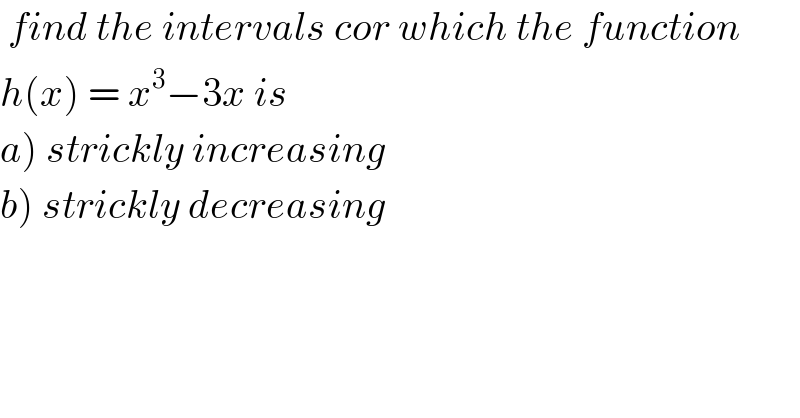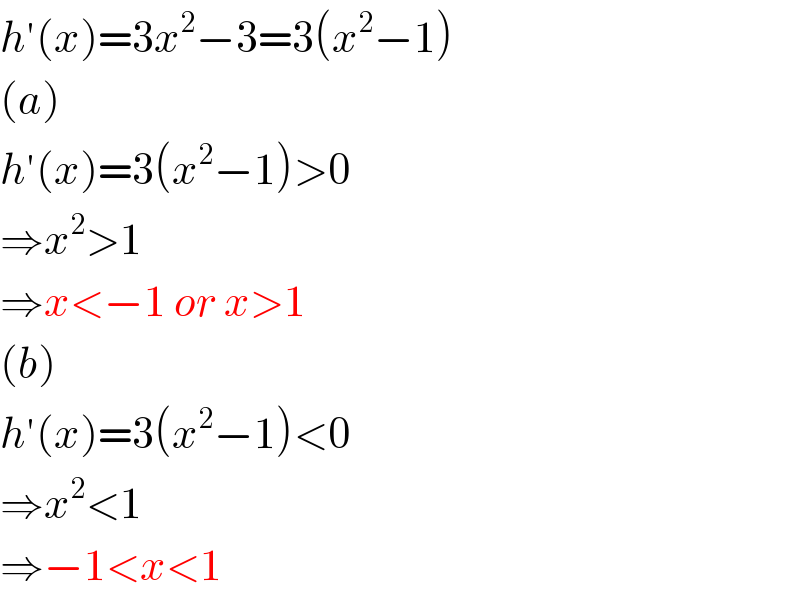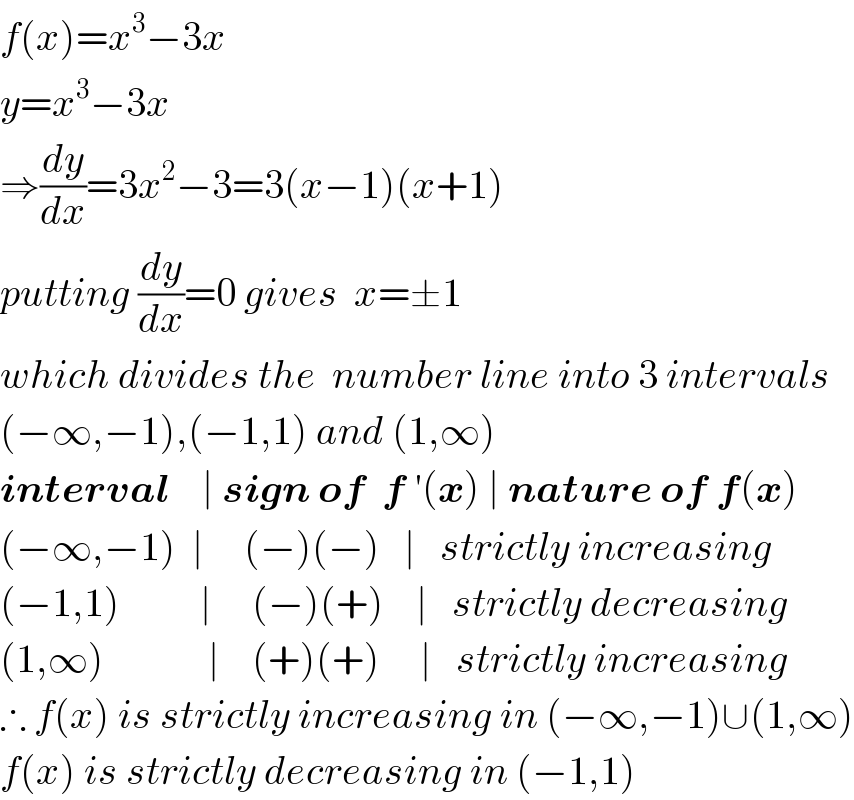
Question and Answers Forum
Question Number 75100 by Rio Michael last updated on 07/Dec/19

Answered by mr W last updated on 07/Dec/19

Answered by Kunal12588 last updated on 07/Dec/19

Commented by Rio Michael last updated on 07/Dec/19

Commented by peter frank last updated on 07/Dec/19

